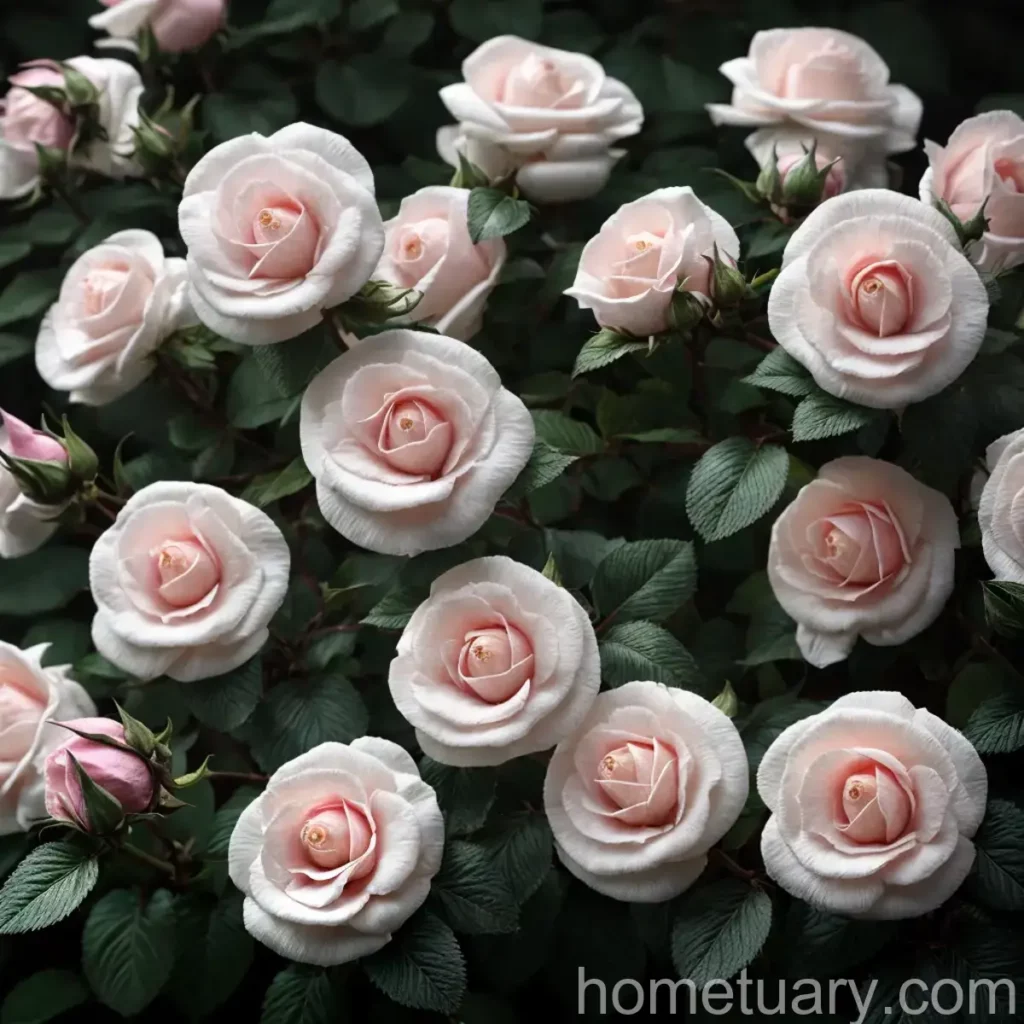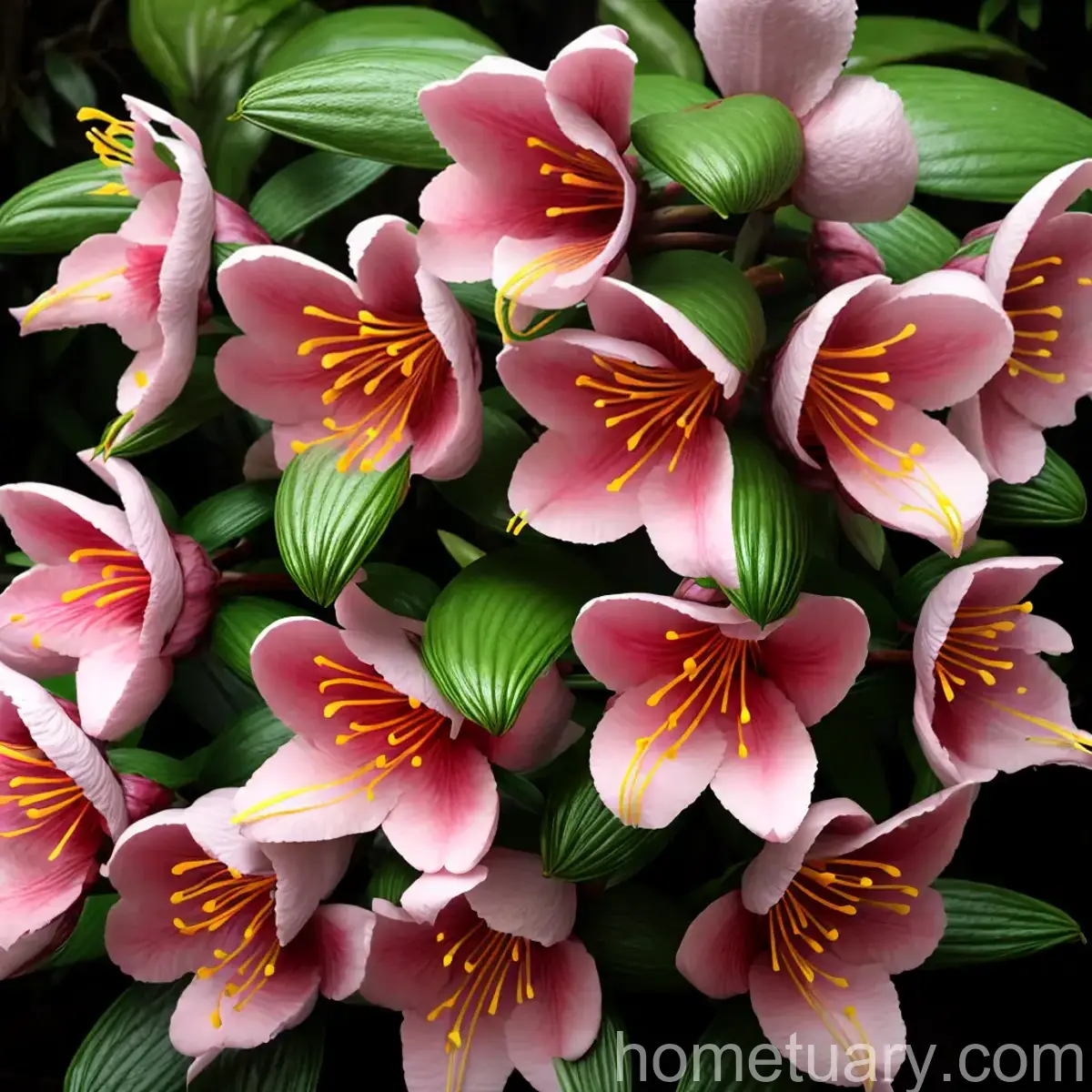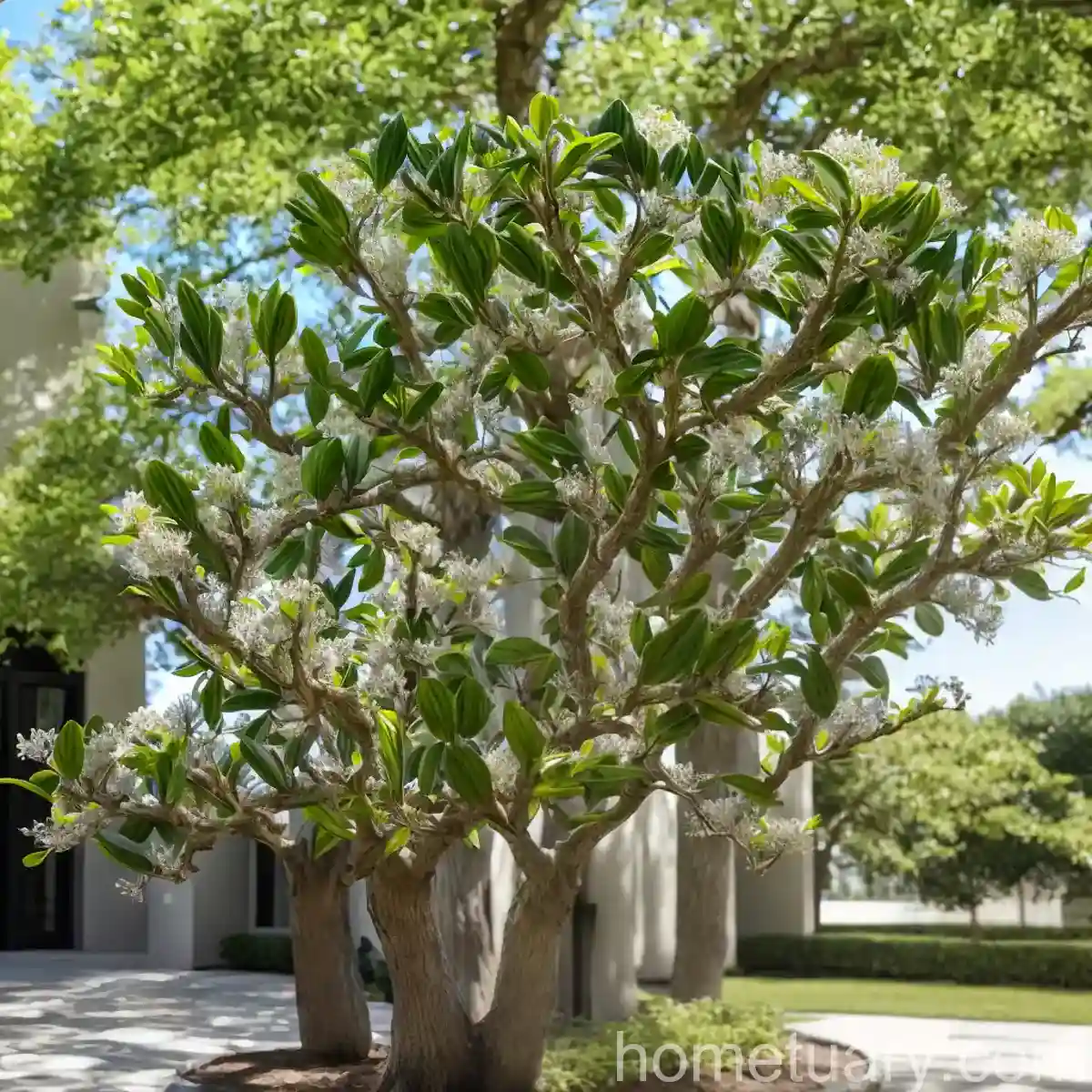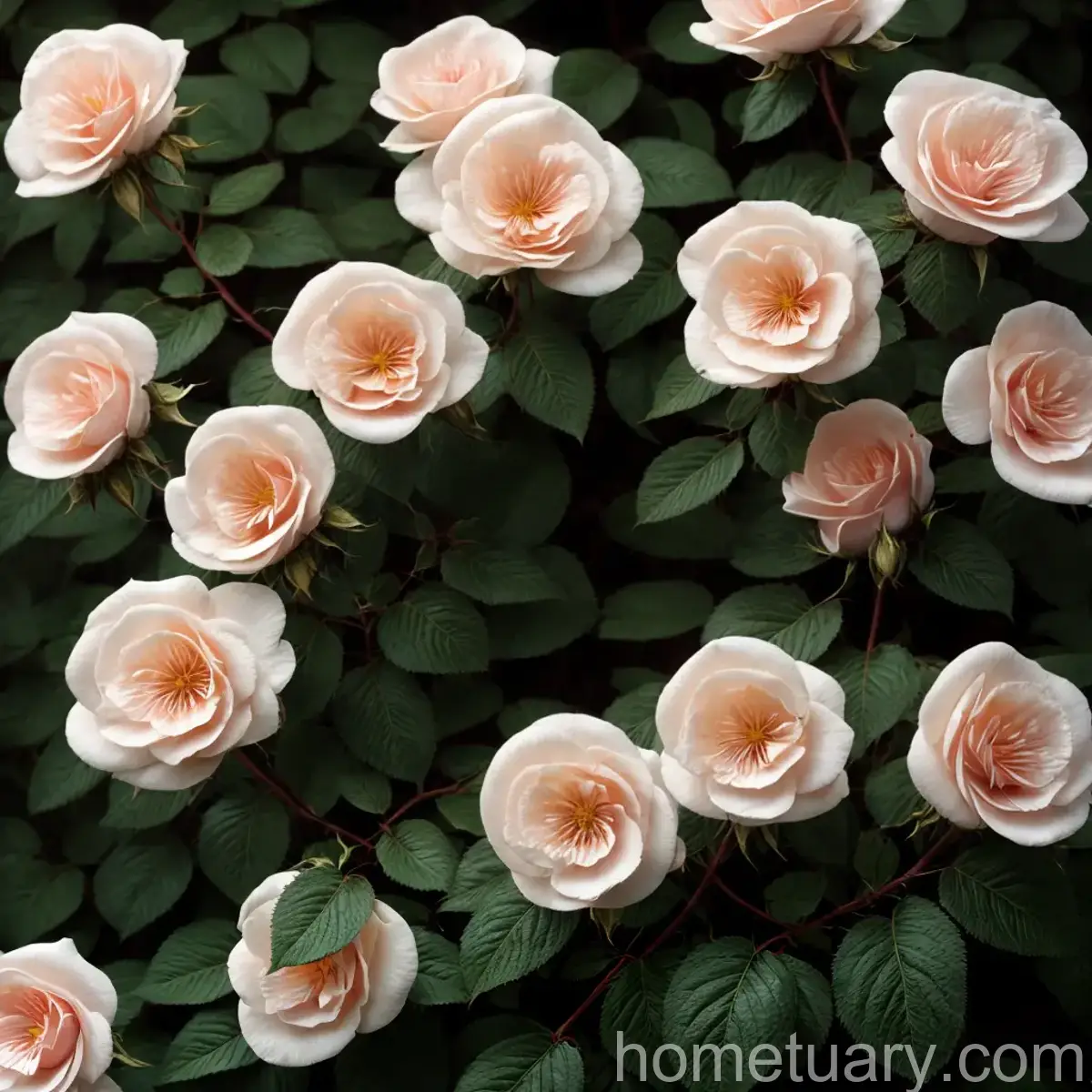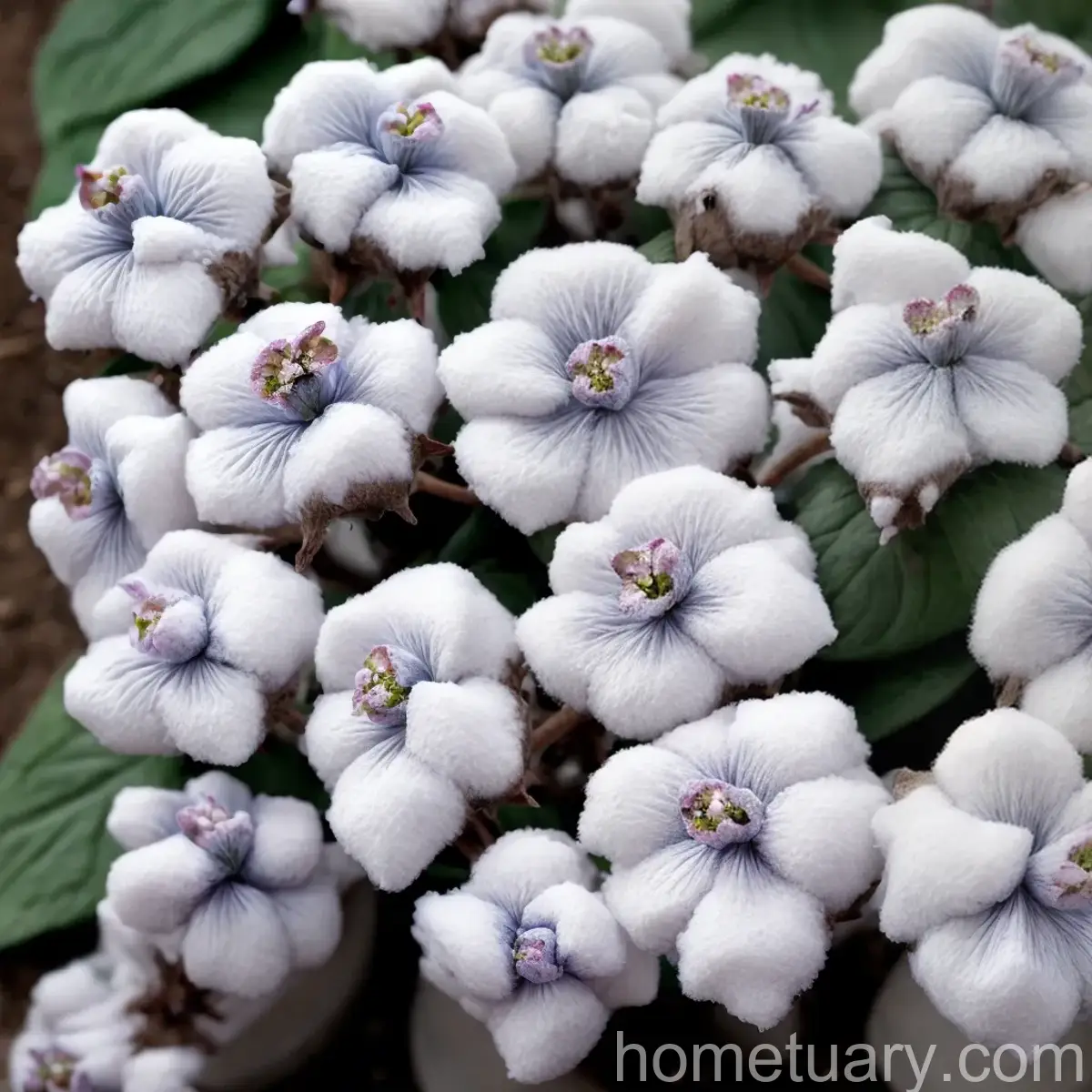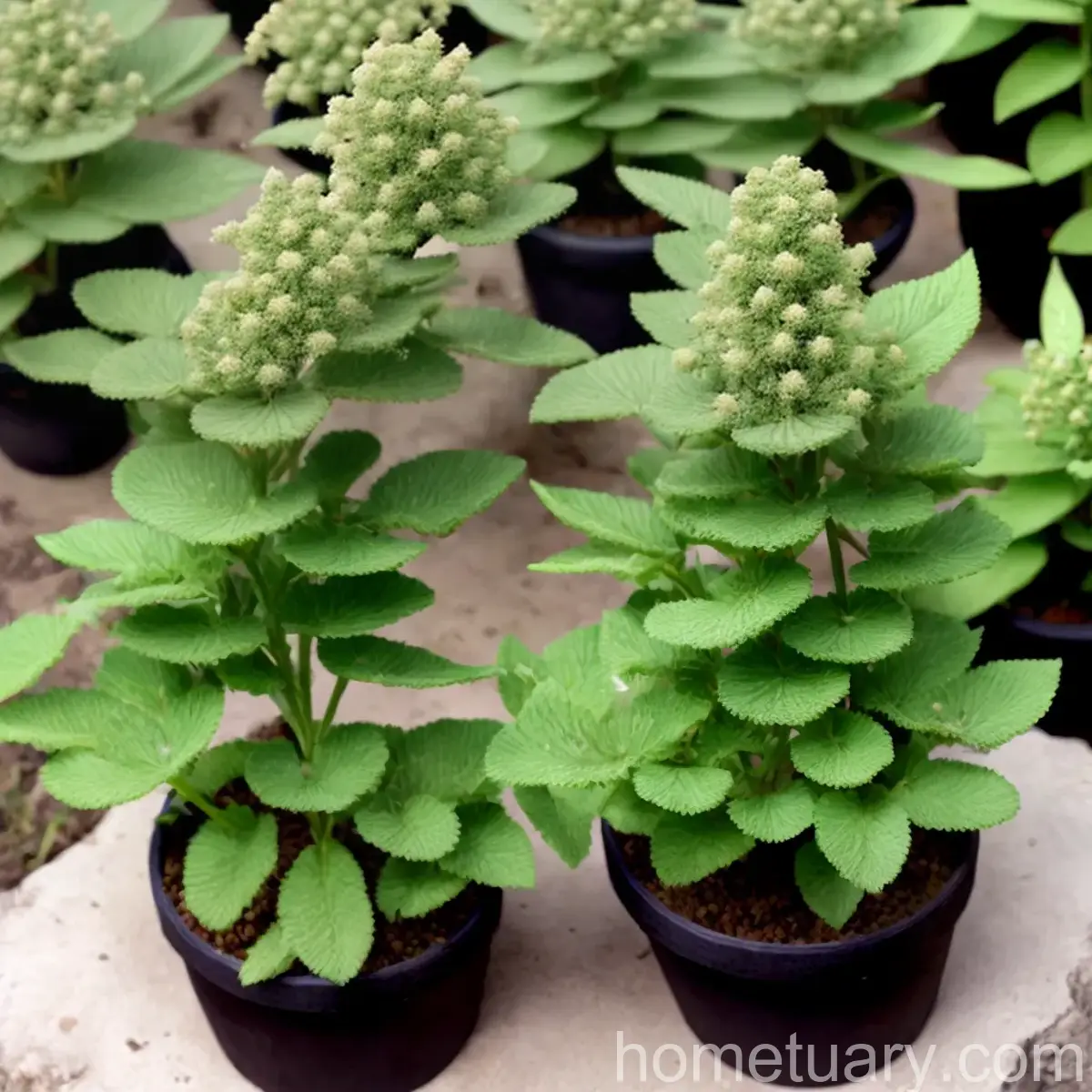Hybrid Rugosa Rose (Rosa ‘Blanc Double de Coubert’): A Complete Guide
Rugosa roses are known for their hardiness, fragrance, disease resistance, and adaptability to various growing conditions. The hybrid rugosa rose, specifically Rosa ‘Blanc Double de Coubert’, is a stunning example of this beloved species. In this comprehensive guide, we will explore the cultivation, care tips, uses, and interesting facts about this beautiful rose variety. Whether you are a novice gardener or an experienced horticulturist, this guide aims to provide valuable insights into growing and enjoying the hybrid rugosa rose.
What is a Rugosa Rose?
The rugosa rose, scientifically known as Rosa rugosa, is a species of rose native to eastern Asia. It is known for its rugged and resilient nature, making it a popular choice for gardens and landscapes. The plant features distinctive wrinkled leaves, attractive flowers, and edible rose hips. Rugosa roses are valued for their versatility and are often used in hedges, borders, and seaside gardens due to their salt tolerance.
Rugosa Rose Varieties
Rugosa roses encompass a diverse range of varieties, each with its own unique characteristics and aesthetic appeal. Some popular rugosa rose varieties include:
- Rosa ‘Blanc Double de Coubert’: This specific hybrid rugosa rose is celebrated for its double white blooms and strong fragrance.
- Rosa rugosa ‘Alba’: Known for its single white flowers and vigorous growth habit.
- Rosa rugosa ‘Rubra’: Characterized by deep pink to red flowers and a compact growth habit.
Key Takeaways – Hybrid Rugosa Rose (Rosa ‘Blanc Double de Coubert’)
Before delving into the specifics of the cultivation and care of the Rosa ‘Blanc Double de Coubert’, let’s highlight some key takeaways about this exquisite variety.
- Hardiness: The hybrid rugosa rose is valued for its exceptional hardiness, making it suitable for various climate zones.
- Fragrance: The blooms of Rosa ‘Blanc Double de Coubert’ are highly fragrant, adding a delightful scent to gardens and landscapes.
- Disease Resistance: This variety exhibits strong resistance to common rose diseases, reducing the need for intensive maintenance.
- Versatility: From garden borders to container plantings, the Rosa ‘Blanc Double de Coubert’ offers versatile landscaping possibilities.
- Attractiveness to Wildlife: The rose hips produced by this variety attract birds and wildlife, adding another dimension to its appeal.
Now, let’s explore the specific care and cultivation practices for the hybrid rugosa rose, Rosa ‘Blanc Double de Coubert’.
Culture
Cultivating the hybrid rugosa rose involves understanding its specific cultural requirements, from soil conditions to pruning techniques. By following these cultural guidelines, you can ensure the optimal growth and development of Rosa ‘Blanc Double de Coubert’.
Uses
The uses of the hybrid rugosa rose, Rosa ‘Blanc Double de Coubert’, are varied and diverse, making it a valuable addition to garden landscapes. Some common uses of this variety include:
- Border Planting: The vibrant blooms and lush foliage of Rosa ‘Blanc Double de Coubert’ make it an ideal choice for creating attractive garden borders.
- Cut Flowers: The fragrant, double blooms of this variety are often used in floral arrangements, adding a touch of elegance to indoor spaces.
- Wildlife Gardens: With its attractive rose hips, the hybrid rugosa rose attracts birds and wildlife, contributing to the biodiversity of garden ecosystems.
- Coastal Gardens: Given its tolerance for salt spray, Rosa ‘Blanc Double de Coubert’ thrives in coastal regions, adding beauty to seaside landscapes.
Water
Proper watering is essential for the health and vitality of Rosa ‘Blanc Double de Coubert’. Here are some key considerations regarding watering requirements for this hybrid rugosa rose:
- Establishment Phase: Newly planted Rosa ‘Blanc Double de Coubert’ should be watered regularly to support root establishment. Provide sufficient moisture during the initial growth period.
- Deep Watering: Once established, deep, infrequent watering is beneficial for this variety. Water deeply to encourage healthy root development.
- Avoiding Waterlogged Soil: While the rugosa rose appreciates adequate moisture, it is important to ensure that the soil is well-draining to prevent waterlogging, which can lead to root rot.
Sunlight
As with many flowering plants, adequate sunlight is crucial for the growth and flowering of the hybrid rugosa rose. Consider the following sunlight requirements for Rosa ‘Blanc Double de Coubert’:
- Full Sun: This variety thrives in full sun, requiring at least 6-8 hours of direct sunlight daily for optimal growth and abundant flowering.
- Partial Shade: While the rugosa rose prefers full sun, it can tolerate some degree of light shade, especially in hotter climates or during the peak of summer.
Fertilizer
Fertilizing the hybrid rugosa rose can enhance its overall health and blooming potential. Here are some fertilizer tips for cultivating Rosa ‘Blanc Double de Coubert’:
- Balanced Fertilizer: Use a balanced, slow-release fertilizer formulated for flowering plants. Apply the fertilizer in spring as new growth begins.
- Organic Amendments: Incorporating organic matter such as compost or well-rotted manure around the base of the plant can contribute to soil fertility and long-term health.
- Avoid High Nitrogen: While some nitrogen is beneficial for foliage growth, excessive nitrogen can lead to lush foliage at the expense of flowering. Choose a fertilizer with lower nitrogen content to promote balanced growth.
Soil
Understanding the soil preferences of the hybrid rugosa rose is essential for providing the best growing conditions. Here are some soil considerations for cultivating Rosa ‘Blanc Double de Coubert’:
| Soil Type | Characteristics |
|---|---|
| Well-Draining Soil | The rugosa rose thrives in well-draining, loamy soil. |
| pH Level | Slightly acidic to neutral soil (pH 6.0-7.0) is ideal. |
| Organic Matter | Incorporating organic matter enhances soil structure and fertility. |
Pruning
Pruning is an integral part of maintaining the health, shape, and flowering capacity of the hybrid rugosa rose. Consider the following pruning guidelines for Rosa ‘Blanc Double de Coubert’:
- Winter Pruning: Perform major pruning during late winter or early spring to remove dead wood, shape the plant, and stimulate new growth.
- Deadheading: Regularly deadhead spent blooms to encourage continuous flowering throughout the growing season.
- Renovation Pruning: Every few years, consider renovation pruning to rejuvenate older plants by removing a portion of the oldest canes.
Propagation
Propagating the hybrid rugosa rose allows for the expansion of your rose garden or the sharing of this beautiful variety with fellow gardening enthusiasts. Here are some common propagation methods for Rosa ‘Blanc Double de Coubert’:
- Softwood Cuttings: Propagate new plants from softwood cuttings taken in early summer. Choose healthy, non-flowering shoots for propagation.
- Division: Divide mature rugosa rose plants in early spring before new growth emerges. Replant the divisions in prepared soil and provide proper care.
Container Popularity
The versatility of the hybrid rugosa rose extends to its potential for container planting, allowing it to grace patios, balconies, and other outdoor spaces. Consider the following factors regarding the popularity of container-grown Rosa ‘Blanc Double de Coubert’:
- Aesthetic Appeal: The lush foliage and fragrant blooms of this variety make it an attractive addition to outdoor containers, adding a touch of elegance and fragrance to the surroundings.
- Space Limitations: For gardeners with limited outdoor space, growing the rugosa rose in containers offers a practical solution for enjoying its beauty.
- Portability: Container-grown roses can be easily moved to different locations to optimize sunlight exposure or to enhance visual impact in specific areas of the garden.
Common Diseases
Like all plants, the hybrid rugosa rose is susceptible to certain diseases, but it is valued for its inherent disease resistance. Nonetheless, it is important to be aware of potential diseases that may affect Rosa ‘Blanc Double de Coubert’:
| Common Diseases | Symptoms and Management |
|---|---|
| Black Spot | Circular black spots on leaves. Provide good air circulation and remove infected leaves. Apply fungicidal sprays if necessary. |
| Powdery Mildew | White powdery patches on leaves. Avoid overhead watering and maintain good air circulation. Apply fungicidal treatments if needed. |
| Rust | Orange pustules on the undersides of leaves. Remove and destroy infected leaves. Applying fungicides may be necessary in severe cases. |
Disease Diagnosis
Diagnosing diseases in the hybrid rugosa rose involves careful observation and proactive measures to maintain plant health. Consider the following steps for disease diagnosis and management:
- Symptom Identification: Thoroughly inspect the leaves, stems, and blooms for any unusual spots, discoloration, or growths.
- Cultural Care: Ensure that the plant is receiving proper cultural care in terms of watering, sunlight, and soil conditions to minimize stress.
- Integrated Pest Management: Implementing a holistic approach to pest and disease management can include natural predators, cultural practices, and targeted treatments when necessary.
Common Pests
Despite its disease resistance, the hybrid rugosa rose may encounter certain pests that can affect its overall vigor and appearance. Some common pests to watch for include:
- Aphids: These small, sap-sucking insects can cluster on new growth, causing distortion and yellowing of leaves. Use insecticidal soaps or horticultural oils to control aphid populations.
- Japanese Beetles: The foliage and flowers of the rugosa rose may be damaged by Japanese beetles, which can be handpicked or controlled using pheromone traps.
Botanist’s Tips
Drawing on botanist’s insights, here are some valuable tips for cultivating and enjoying the hybrid rugosa rose, Rosa ‘Blanc Double de Coubert’:
- Prune with Precision: When pruning the rugosa rose, aim for clean cuts at a 45-degree angle just above a healthy bud to promote proper healing and regrowth.
- Mulching Benefits: Applying a layer of organic mulch around the base of the plant helps conserve soil moisture, suppress weeds, and enhance soil structure.
- Wildlife Interaction: Embrace the wildlife-attracting qualities of this variety by observing the birds and pollinators that are drawn to the rose hips and fragrant blooms.
Fun Facts
Discover some intriguing and delightful facts about the hybrid rugosa rose, Rosa ‘Blanc Double de Coubert’, that showcase its unique characteristics and cultural significance:
- Historical Connection: The hybrid rugosa rose has been cultivated for over a century and continues to captivate gardeners with its timeless beauty and resilience.
- Nutritional Rose Hips: The rose hips produced by this variety are rich in vitamin C and can be used to make teas, jams, and other culinary delights.
- Symbolism: Roses have long been associated with love and beauty, making the fragrant blooms of Rosa ‘Blanc Double de Coubert’ ideal for romantic gardens and symbolic gestures.
Links to External Resources
For further exploration of the hybrid rugosa rose and its cultivation, care, and historical significance, consider the following external resources:
- American Rose Society: The American Rose Society provides a wealth of information on roses, including cultivation tips, disease management, and regional events.
- Royal Horticultural Society: The RHS offers comprehensive guidance on growing roses, including various species and cultivars, along with practical advice for enthusiasts.
- University Cooperative Extension Services: The extension services provide research-based information on gardening, plant care, and pest management, including specific resources on rose cultivation.
In conclusion, the hybrid rugosa rose, particularly Rosa ‘Blanc Double de Coubert’, embodies the timeless allure and resilience of the rugosa species. From its fragrant blooms to its robust disease resistance, this rose variety holds a special place in gardens and landscapes worldwide. Whether grown in traditional borders, coastal gardens, or containers, the Rosa ‘Blanc Double de Coubert’ offers an enduring source of beauty, fragrance, and wildlife interaction for garden enthusiasts and nature lovers alike.
References
- Gudin, S. (2017). Nature Rosa Blanc Double de Coubert. Retrieved from https://www.jardiner-malin.fr/fiche/rosa-rugosa-blanc-double-de-coubert
- CABI. (2021). Rosa rugosa (Rugosa rose). Invasive Species Compendium. Retrieved from https://www.cabi.org/isc/datasheet/46314
- University of Illinois Extension. (2010). Diseases of Rugosa Roses. Retrieved from https://web.extension.illinois.edu/roses/diseaseresist.cfm

